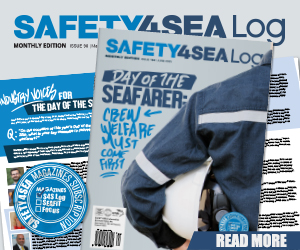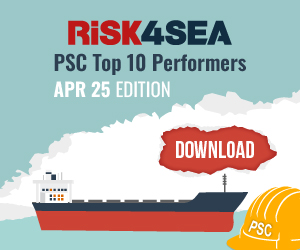Gearing up for the global sulphur cap that comes into effect from January 2020, Singapore-based APL said it will be using low-sulphur fuel oil across its vessel fleet, employ scrubbers on some of its ships, while it will also deploy LNG-fueled vessels, under its parent group CMA CGM’s earlier announced plans to take delivery of nine new 22,000 TEU LNG-powered ships from 2020 onwards.
The company also announced a 50.7% reduction in CO2 emissions per transported container per kilometer in 2017, compared to its base level in 2009, marking its eighth consecutive year of improved environmental performance, the company announced.
While APL saw almost a 3% improvement from the 48% reduction in CO2 emissions per transported container per kilometer in 2016, APL-operated vessels also recorded fuel savings of almost 5% in 2017, compared to a year ago. The achievements are attributed to the company’s fleet and voyage optimisation, as well as the deployment of a fuel-efficient fleet of vessels.
The carrier also identified solutions to improve its vessel fleet performance. Last year, APL saw ship bow modifications and retrofitting of propellers to vessels that aided in minimising wave resistance and improving propulsion efficiency respectively. Coupled with route optimisation systems that have been installed onboard its vessel fleet, ship officers have been able make efficient navigational decisions using data captured in the systems.
- Navigating forward, the ocean carrier has also resolved to reduce CO2 emissions per TEU transported by 30% between 2015 and 2025, in line with a target set by its parent group, CMA CGM Group, after the historic agreement reached at MEPC 72.
- In addition, APL continues to reduce sulphur oxide emissions by deploying fuel-efficient vessels, using of low-sulphur fuel on its vessels and practicing of cold-ironing.
What is more, in 2017, 32 APL-owned vessels were fitted with IMO-compliant BWTS. The remaining fleet continued to deploy the intermediate solution of mid-ocean ballast water exchange to remove, render harmless, or avoid the uptake or discharge of aquatic organisms and pathogens within ballast water and sediments.






























































